In recent years, the development of smart cars in China has been booming, and the government's support in this area has gradually increased. In early January, the National Development and Reform Commission announced the "Smart Vehicle Innovation Development Strategy" (draft for comments), which mentioned: By 2020, smart cars will account for 50% of new cars, and wireless communication networks for vehicles in large cities and highways (LTE) -V2X) coverage rate reached 90%; by 2025, the new car is basically intelligent, and high-level smart cars achieve large-scale application. “People – car – road – cloud†achieves high synergy. The new generation of vehicle wireless communication network (5G-V2X) basically meets the needs of smart car development... In early March, Shanghai area took the lead in issuing the first batch of intelligent network open roads in China. Test the number plate and start the first road test. The autopilot test areas in Beijing, Chongqing, Wuhan and other cities are gradually coming to the ground.
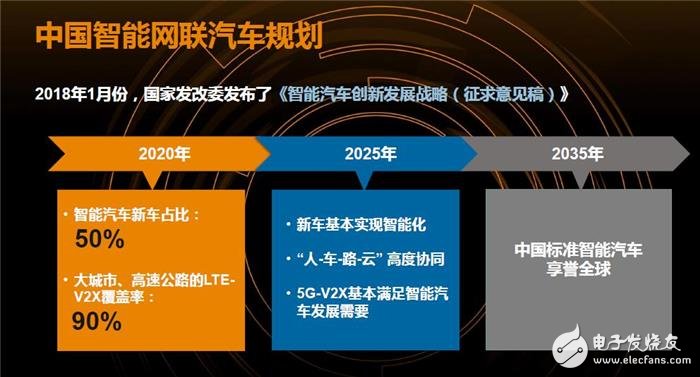
Not only China, but other governments' plans for smart cars are also in full swing. In the wake of government boost and market consumption, smart cars will usher in a rapid development wave. According to the IHS survey, smart cars will grow at a rate of 63% between 2020 and 2040.
This new wave of industry has brought about the continuous innovation of ADAS technology, the promotion of high-quality in-vehicle infotainment systems, and the development of a series of technologies such as OTA remote upgrade, V2X, cloud computing, etc. At the same time, the development of automotive intelligent interconnection It also means that the amount of data transmission has increased dramatically. How to meet and guarantee the security and reliability of data transmission has become a major problem that the industry needs to solve urgently.
TE ConnecTIvity (TE), a leader in global connectivity and sensing, has seen that as smart car data and information continue to increase, the original CAN bus system architecture is far from being able to adapt to new data transmission needs. Shen Weiming, senior vice president and general manager of the Asia-Pacific region of the TE Automotive Division, said in an interview with Gass Automotive recently that after extensive verification, the industry generally believes that automotive Ethernet is the unshakable solution and will become the next-generation automotive backbone network. "However, domestically, automotive Ethernet solutions are now mainly used to transmit data at 100 megabits. This is obviously not enough. We think that Gigabit will come soon."
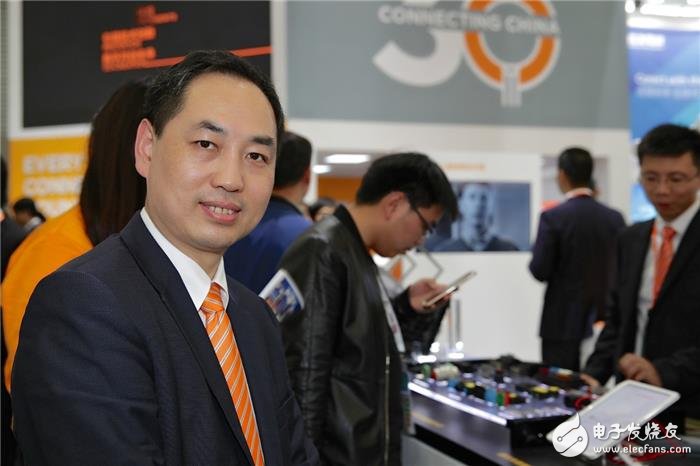
Pictured: Shen Weiming, Senior Vice President and General Manager, Asia Pacific, TE Automotive Division
For the future development of automotive Ethernet, the following chart, which has been published on many websites, can be used as a supplement. According to incomplete statistics, the previously forecasted 2017 data in the chart is basically consistent with the actual number of Ethernet nodes in the OEM. As can be seen from the table, the car Ethernet application will grow at a high speed from 2018. According to relevant experts, by 2020, the number of Ethernet ports deployed in automobiles will reach 500 million. “Now some luxury brands in Europe are preparing to use Ethernet solutions in their production models, and we are also pushing related products. If optimistic foreseen, there should be a batch change within two years, the most conservative estimate It is three years." Shen Weiming said.
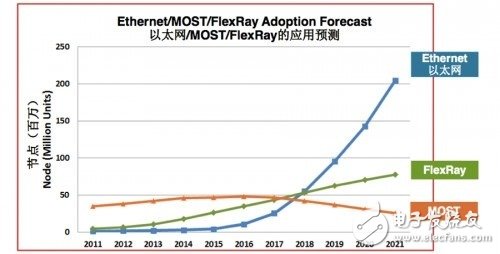
From the perspective of the future growth of Ethernet transmission data, Shen Weiming mentioned that the increase from 100 Mbps to Gigabit is only at the stage of L1 and L2 for autonomous driving, and according to the internal prediction of L3 and L4. Will reach 10Gbps or even higher. In order to better meet the future market growth demand, as a forward-looking supplier, it is reported that TE has made comprehensive and detailed product planning from 100Mbps, 1 Gbps to 12Gbps, 24Gbps and other applications.
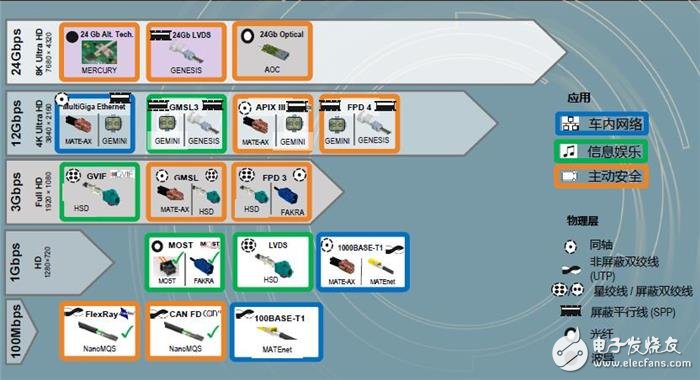
Although there is already a complete set of product planning, Shen Weiming told reporters that TE is now more focused on promoting the automatic driving of L1 and L2 technologies, which is to meet the majority of China's automakers from “hundreds of megabytes to gigabitsâ€. Data transfer requirements. “Recently, the former Minister of Science and Technology Wan Gang’s small-scale speech pointed out that we should not focus too much on the advanced automation of L3, L4 and L5, and we should apply the practical technology to the car as soon as possible. This is exactly what our company has been discussing. Things, in my opinion, everything is a journey of a thousand miles, and what we need to do is to lay down the basic technology, so that the majority of users can enjoy the advantages brought by the intelligent networked cars imported from the L1 and L2 levels as soon as possible. And benefits. Before the end of this year, most of our full range of products for 'from 100M to Gigabit' applications will be ready."
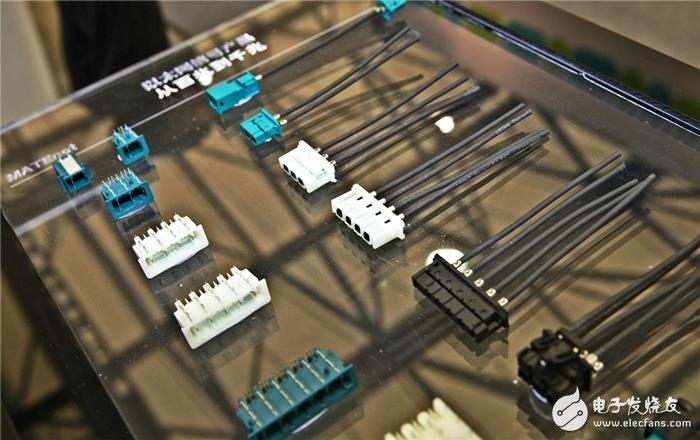
Pictured: "From 100M to Gigabit" TE Automotive Ethernet Connection Solution
In addition, Shen Weiming pointed out that for car companies, the technology transition from "hundred trillion to gigabit" has become more urgent. "You think about it. When you put a car in the end and put the software in, you find that it takes 30 minutes or even an hour to use the 100M system. How does the car come out? People definitely want to finish it in an instant, so this The speed of communication must go up, and the communication protocol used must have a certain upgrade compatibility space.†Shen Weiming pointed out that it added: “At the Munich Shanghai Electronics Show held in March, some customers saw us’ After the trillion to gigabytes of products, I expressed the hope that I can get back to do research as soon as possible, and some customers hope that we can share in their company as soon as possible, which shows that many companies have realized this problem."
From the perspective of “from 100 Mbps to Gigabitâ€, Li Wanxiang, vice president and general manager of TE China Automotive Division, pointed out that the industry is currently facing a sharp increase in communication connections. In addition, the design of safety redundancy is very important, and the delay is not allowed. For example, when it is 5G, the delay cannot be accepted by active safety. The Ethernet connection solution from TE, the MATEnet connection system, can fully meet the above requirements. The innovation of this product is mainly reflected in the following aspects:
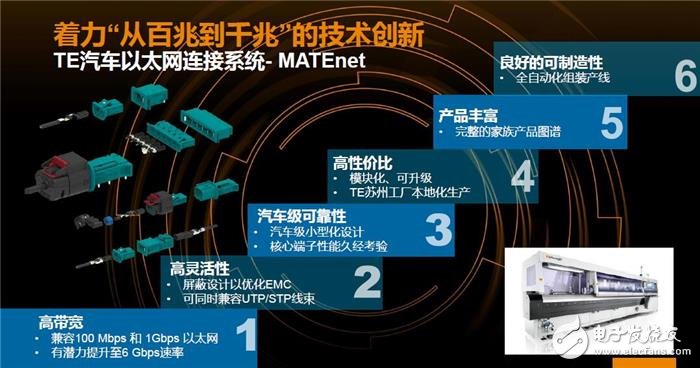
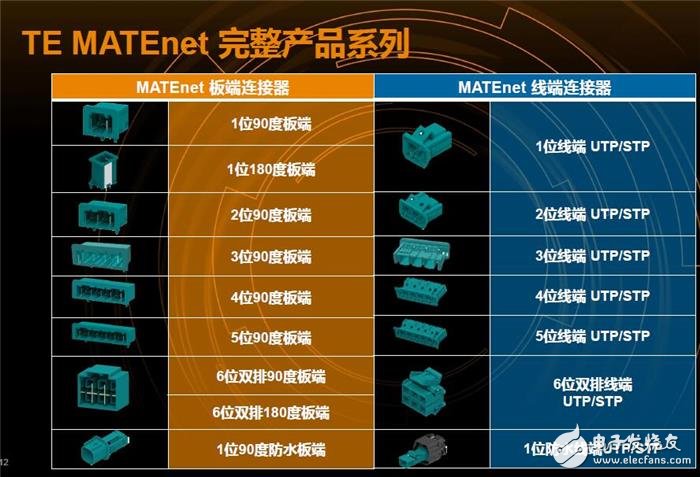
First, the product line is scalable, covering everything from 100 megabytes to gigabytes. Some customers may only use 100Mbps during the development phase at the time, but when there is a need for 1Gbps in the future, this solution can be upgraded without re-development of the device, which can save a lot of updates. "With the further development of smart cars, the speed requirements for Ethernet will be higher in the L3 and L4 phases, and our products can be expanded to 6Gbps." Li Wanxiang said.
Second, the product offers high flexibility and an optimized shield design that is compatible with both UTP (Unshielded Twisted Pair) / STP (Shielded Twisted Pair) wiring harnesses. “For some customers, unshielded twisted pair may be sufficient for certain applications, but some applications require high security redundancy and require shielded twisted pair, and our same product is compatible with both types of wires.â€
Another point is that many products in the car are developed from consumer electronics. To meet the automotive-level application, it is necessary to achieve safety and reliability at the automotive level, and this product can be fully satisfied.
In addition, according to Li Wanxiang, the product will soon be locally produced at TE's Suzhou plant, and TE also cooperates with well-known equipment suppliers around the world to adopt a fully automated production line to ensure product quality and delivery time.
It is understood that in addition to the MATEnet series of products, for high-speed data transmission applications, TE has also developed a NanoMQS connector that supports data rates up to 100Mbps, an optical signal connector platform MOST connector designed to meet the needs of infotainment connectivity, and FAKRA and MATE-AX connector families that achieve the highest data transfer rates with a single-ended solution.
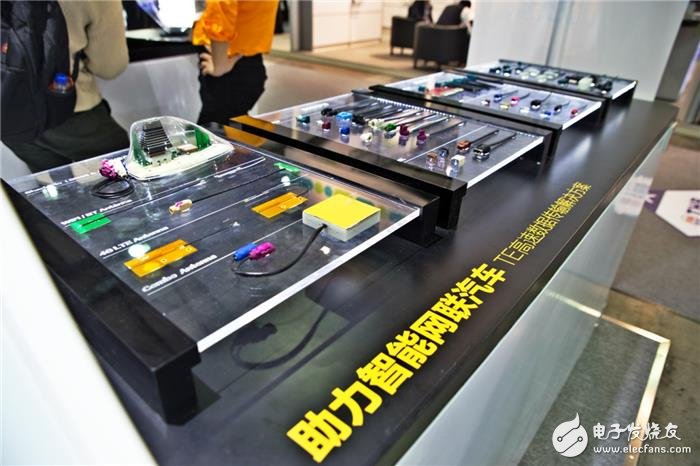
In the above, we have used a lot of space to mention the challenges and solutions brought by the rapid increase of data transmission to smart cars. Now we also see that the information transmission and interaction of smart cars are not only inside and outside the car, but also between cars and cars. The connection with the infrastructure has also increased. In addition, with the increase in functions and applications, the trend of miniaturization and integration of products has become more apparent. Shen Weiming said that from the hardware level, the communication connection between the car and the outside mainly includes sensors such as antennas, lights, and radar cameras. TE focuses on the antenna, Shen Weiming said: "TE last year successfully acquired the German Hirschmann Automotive Communication Equipment Company, which supplies antennas to the world's major OEMs. After the acquisition, TE has a comprehensive range of smart antenna products, including 4G antenna, 5G antenna, LTE antenna, V2X antenna, etc. We have fully prepared for the connection between the car and the outside. As for the internal connection, miniaturization and integration are the focus of our attention, and we are also developing new Products like the new high-speed high-frequency product line and sensor products."
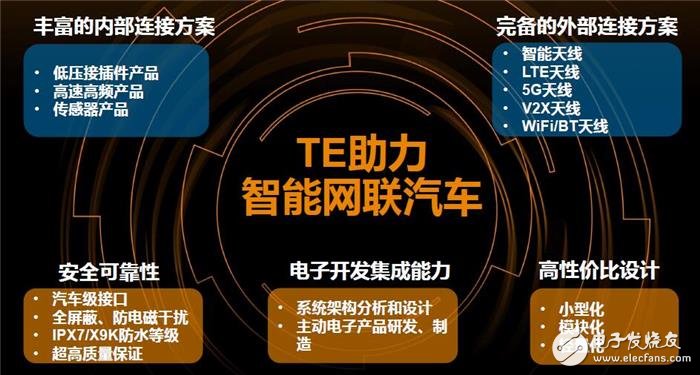
"The huge development demand of intelligent networked vehicles is already in sight. As a localized international enterprise, TE has been in the Chinese market for 30 years and has made great progress. We have an insight into market trends and industry demand, and hope to have more Introducing innovative products and technologies into China, while leveraging our local engineering and manufacturing capabilities, relying on safe and reliable innovative solutions to address the more stringent technical challenges in data transmission and connectivity, and to fully promote the development of China's own brands. Said Shen Weiming.
GALOCE Various products of Crane Scale, hanging scale, providing product images and basic parameters with each Electronic Crance Scale and Digital Crane Scale; We are a professional Chinese manufacturer of Crane Scale, Wireless Load Cell, and Wireless Dynamometer, and look forward to your cooperation!
Crane Scale,Crane Weight Scale,Crane Load Cell,wireless dynamometer
GALOCE (XI'AN) M&C TECHNOLOGY CO., LTD. , https://www.galoce-meas.com